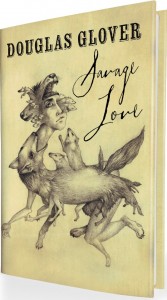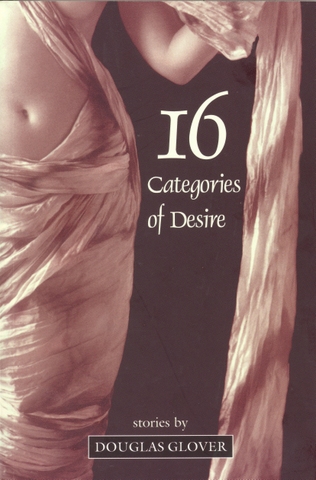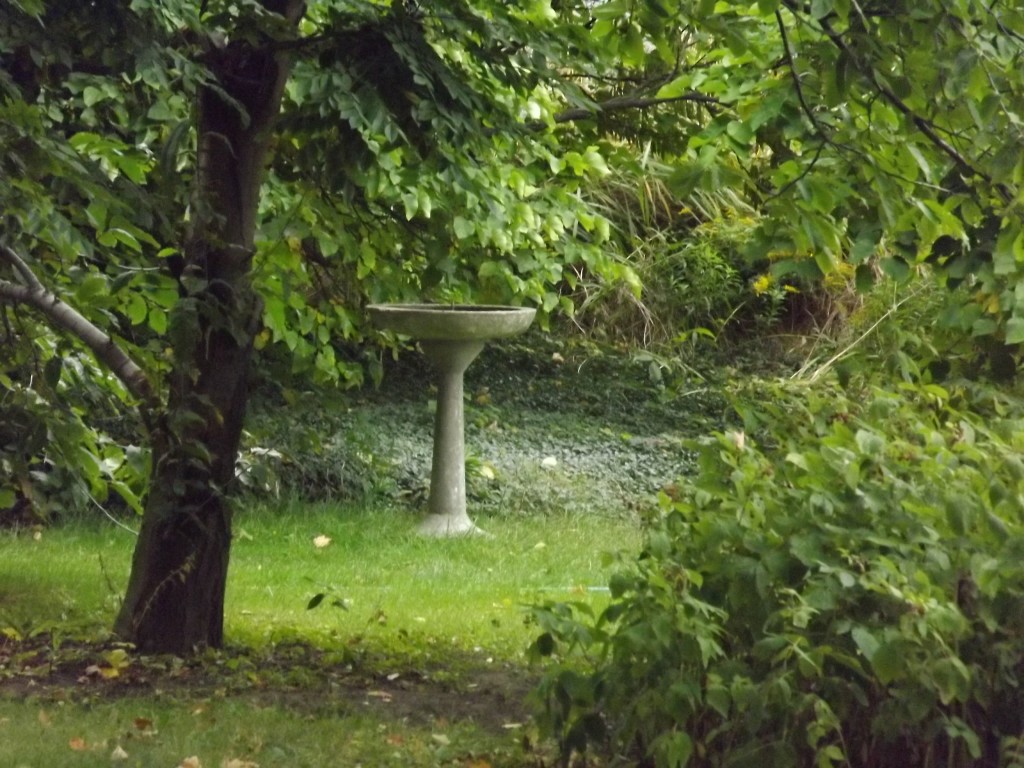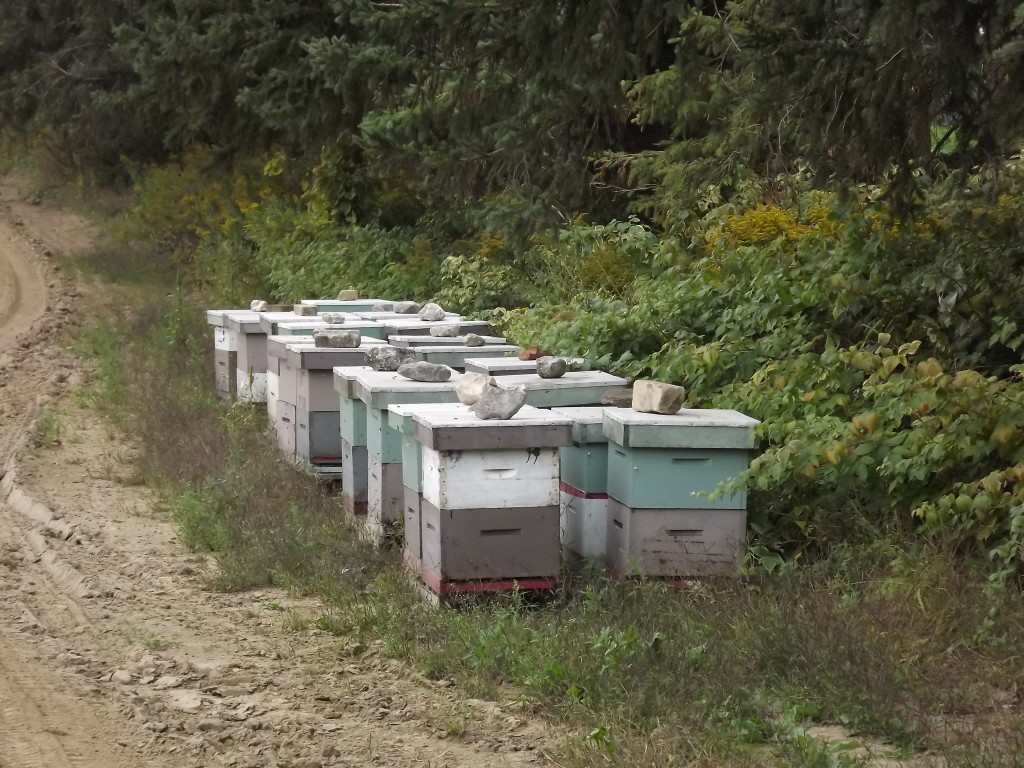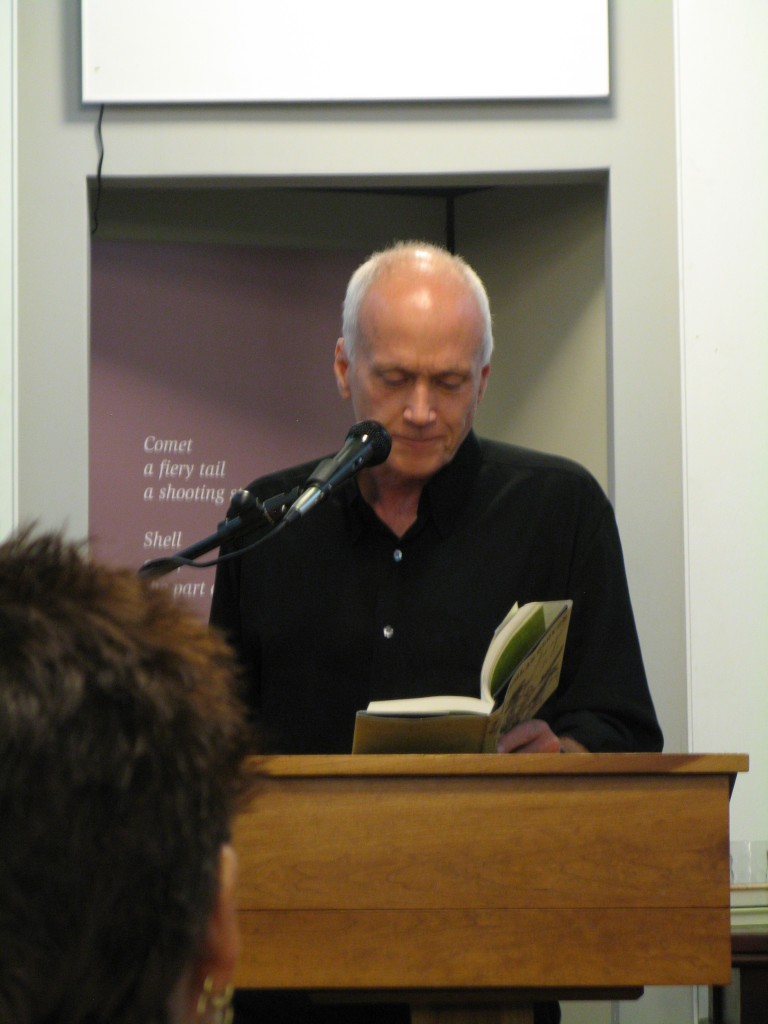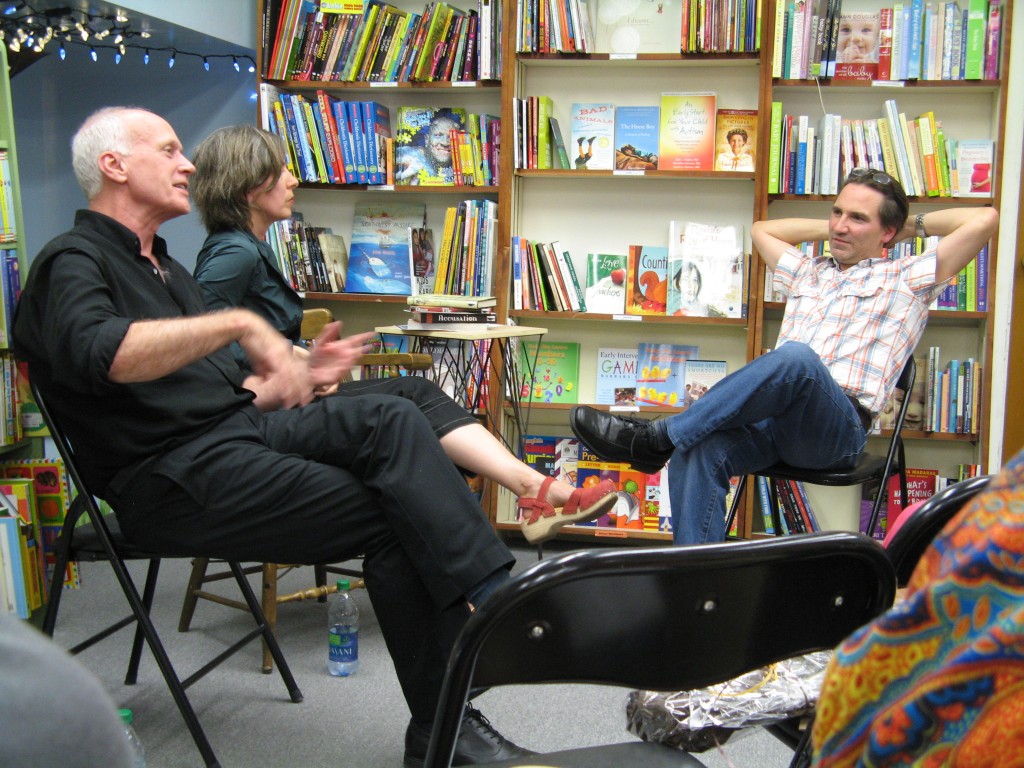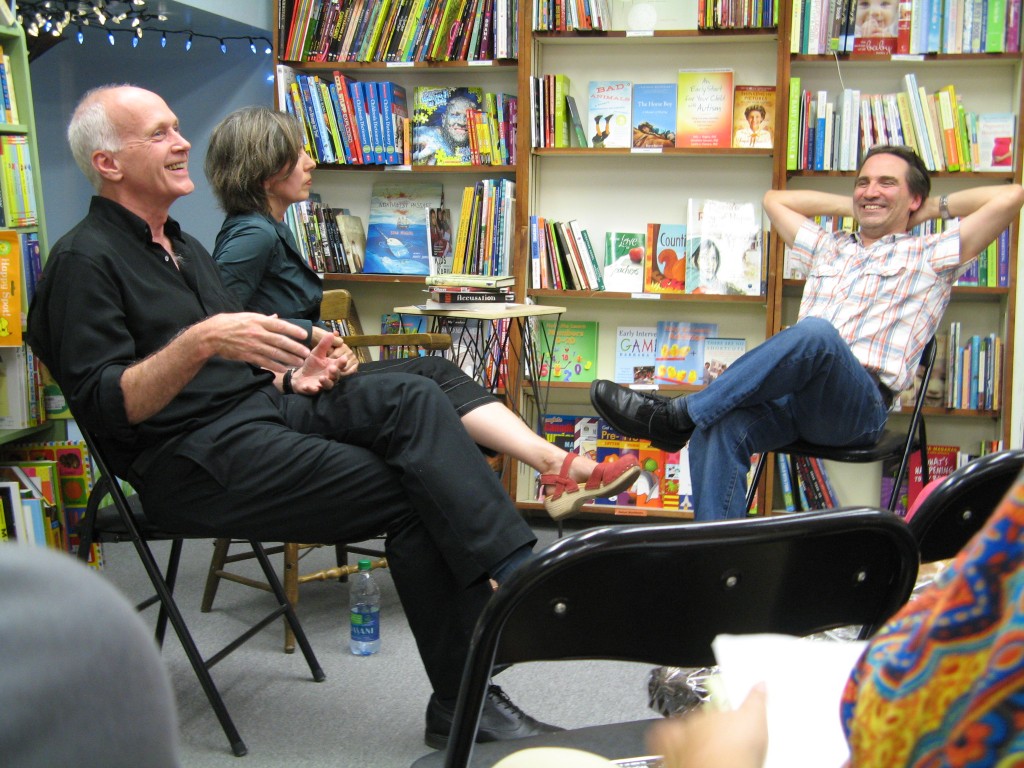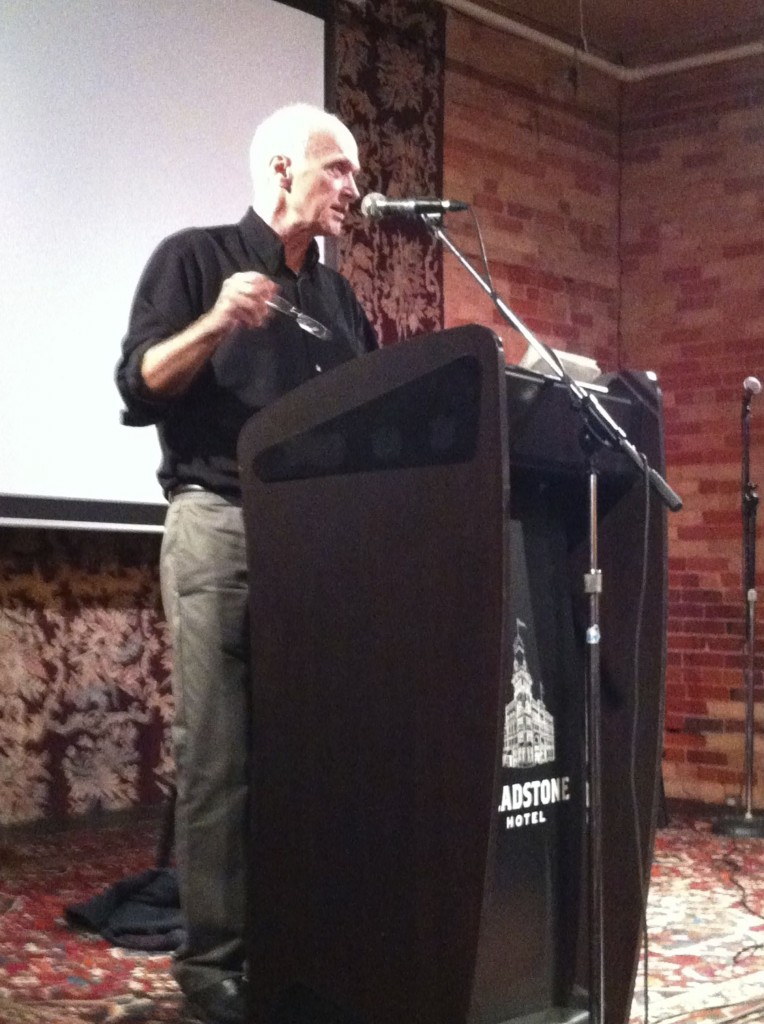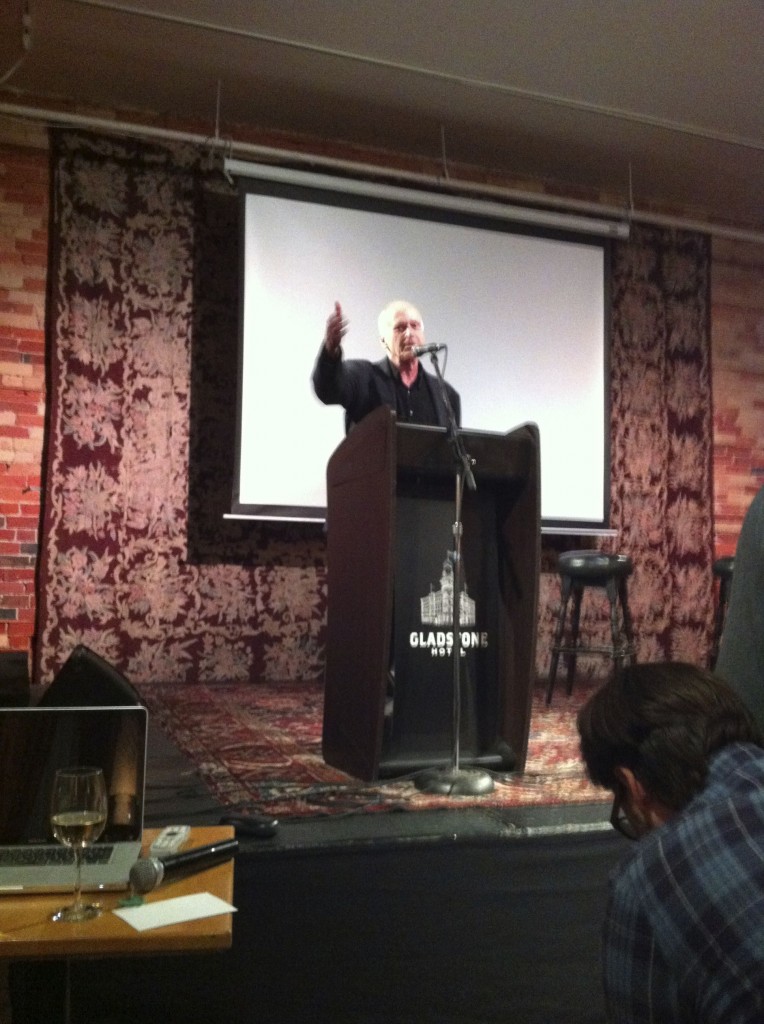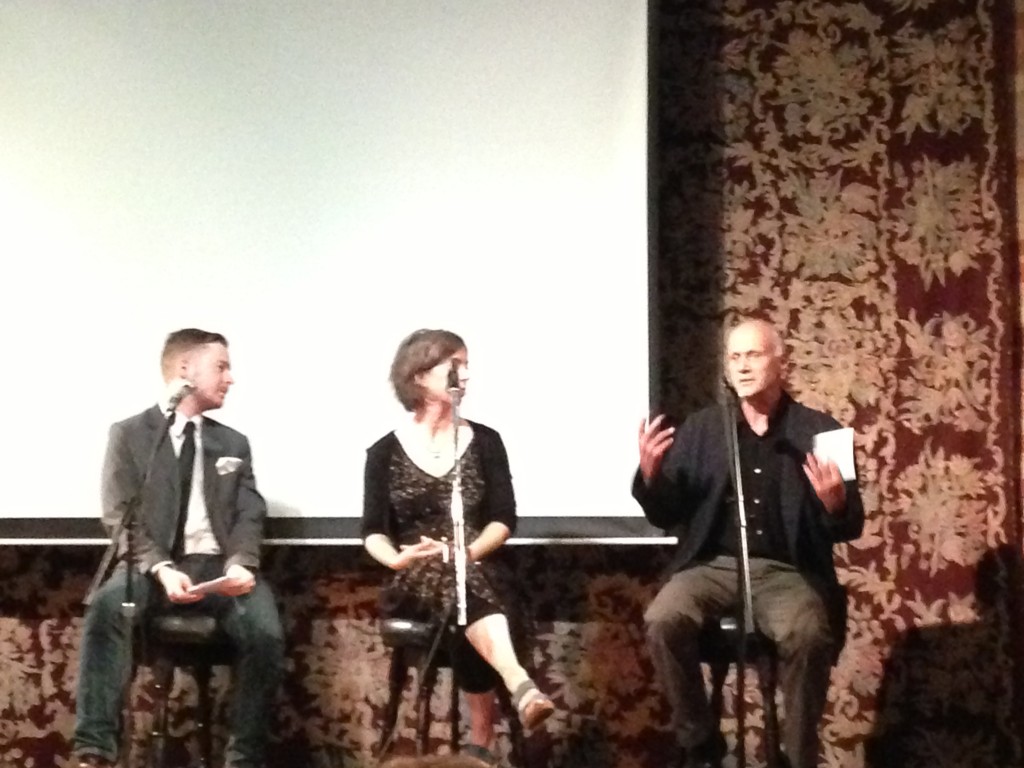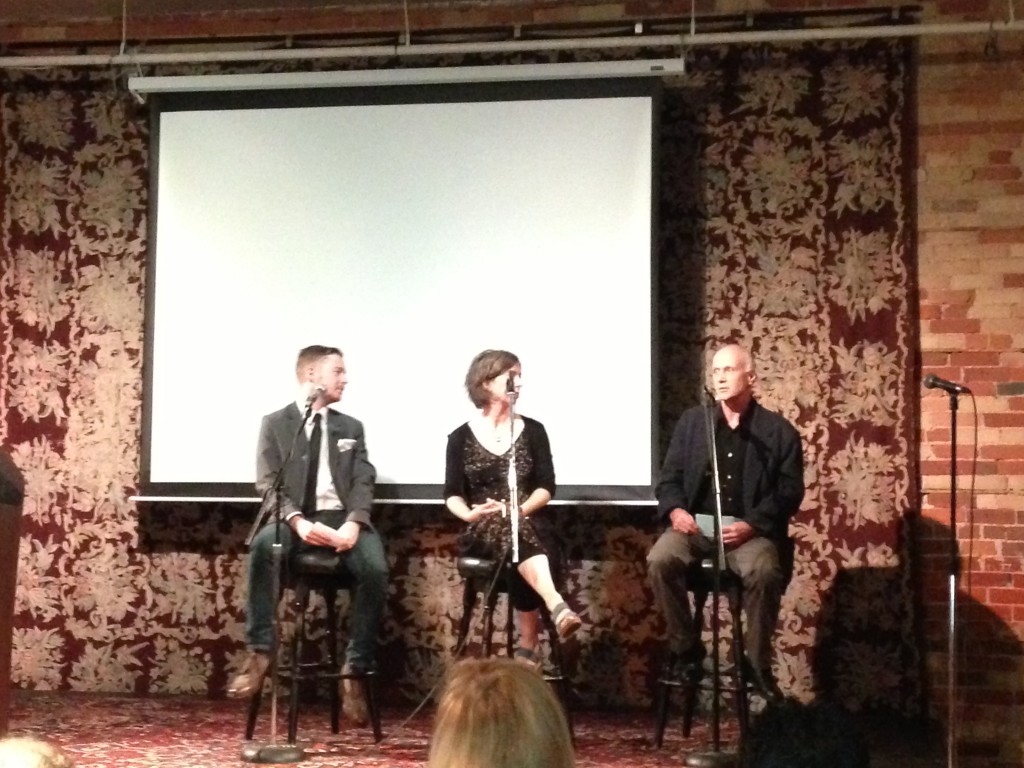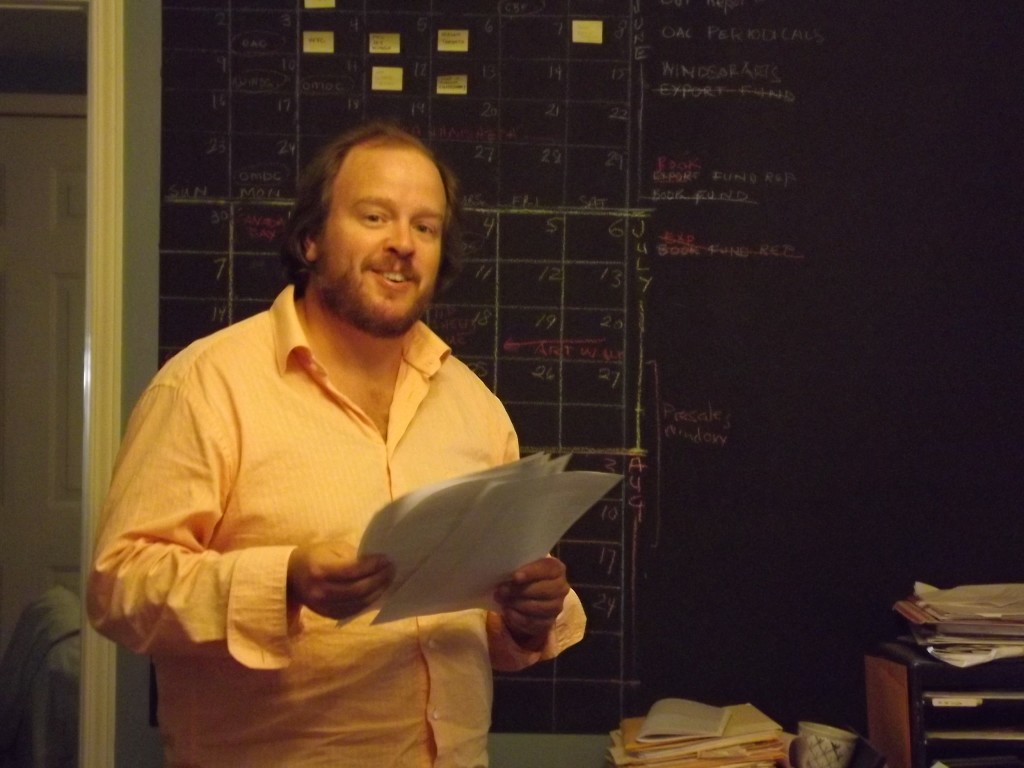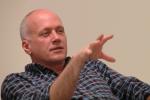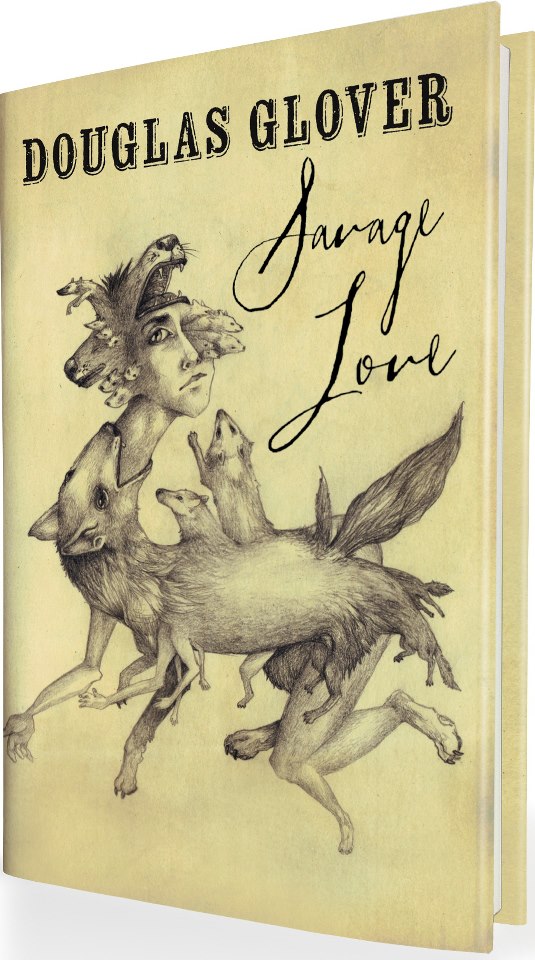
Timothy Taylor (a terrific writer whom I put in Best Canadian Stories when I was editor) chaired one of the panels I was on at WritersFest in Vancouver last month. As I was jetting away on Monday, he emailed me saying that he’d had his advance fiction class at the University of British Columbia read “The Sun Lord and the Royal Child” from Savage Love and would I care to add some thoughts to the discussion preemptively by Wednesday. (He didn’t use the word “preemptively,” but he did say it was an “insane” request since I was in a jet and he needed the comments the next day.) In particular he was interested in the way I comically torqued the idea of celebrity around my rock star forensic archaeologist character and my use and abuse of history.
So I wrote the following:
A quick note then: That story in part comes out of my fascination with the part of southwestern Ontario where I was born — history, geology, prehistory.
Here’s the link to a collection of quotations selected from my research in general.
Some of the items here feed into the story directly including the probably apocryphal Neutral oral history pieces by the McMaster University scholar named Noble. The Southwold Earthworks have always fascinated me (though I have never driven over to see them, just keep saying I am going to every time I am on the farm — thus they are much bigger in my imagination than they are, no doubt, in reality).
I am also very interested in the uses we make of the natives and their prehistory, such that pretty much most of what comes out as history, especially what is commonly understood as native history, is already wrong and spinning off in some over-romanticized, hygienic, idealized image of natives, who, after all, are just people, too.
Thus the forensic archaeologist in question is a celebrity because he is wrong.
One of the patterns of the story, aside from the irony of celebrity, is the inner corruption of contemporary Ontario (which is about the same as Texas sometimes in my mind in terms of Tea Party politics and philistinism). Although, of course, that’s a joke as well and doesn’t represent a thoroughgoing attitude or belief on my part, a bit of whimsy based on impressions that are always countered by other impressions, as I am sure you know.
And then there are doubles, double betrayals, a pattern of plot multiplication, the webbed toes (which go with my ongoing thoughts on mermaids–there is another southwestern Ontario mermaid story in the book).
Hope this helps the class
—Douglas Glover




